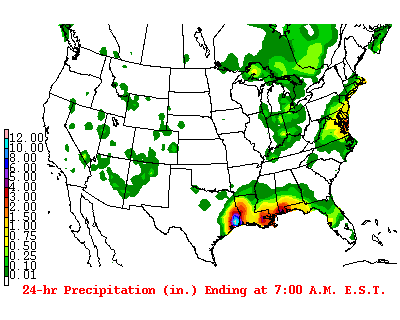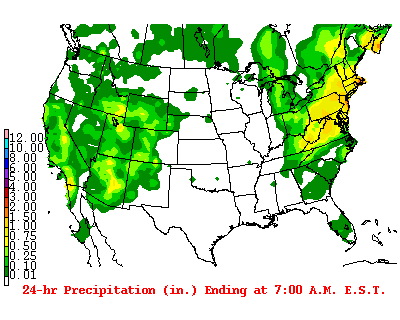

Over the entire period from 1910 to 2015, the portion of the country experiencing extreme single-day precipitation events increased at a rate of about half a percentage point per decade (see Figure 1). The prevalence of extreme single-day precipitation events remained fairly steady between 1910 and the 1980s, but has risen substantially since then.Nine of the top 10 years for extreme one-day precipitation events have occurred since 1990 (see Figure 1). In recent years, a larger percentage of precipitation has come in the form of intense single-day events.Based on an assesment of existing studies, the IPCC’s Fifth Assessment Report (AR5) ( Hartmann et al. Furthermore, different parts of the precipitation distribution may exhibit different rates of temporal changes ( Alexander et al. For example, despite an increase in global mean precipitation, regional variation in the direction and strength of changes may exist ( O’Gorman 2015 Trenberth 2011 Held and Soden 2006). However, the exact nature of this change in precipitation is still not completely understood. Precipitation is expected to intensify globally in the context of a warming climate, since the Clausius–Clapeyron (CC) relationship states that the moisture-holding capacity of air increases with temperature ( Allen and Ingram 2002 Trenberth 1999, 2011). For example, a decrease in precipitation frequency can lead to droughts and an increase in intensity can lead to floods. Based on the uncertainty estimates from REGEN, this study highlights all results in the context of grids with high-quality observations.Ĭhanges in precipitation may have far-reaching impacts on global food production, industry, infrastructure, human health and well-being, geopolitical stability and human security, and natural ecosystems. Based on a comparison of spatial pattern of changes in frequency, intensity, and the distribution of daily totals, we propose that changes in light and moderate precipitation are characterized by changes in precipitation frequency, whereas changes in extreme precipitation are primarily characterized by intensity changes. Widespread increases in the frequency of wet days are observed across Asia and the United States, and widespread increases in the precipitation intensity are observed across Europe and Australia. This means that when it rains, light, moderate, or heavy wet-day precipitation has become more intense across most of the globe. The main finding of this study is that precipitation has intensified across a majority of land areas globally throughout the wet-day distribution.

This study investigates changes in the number of wet days (≥1 mm) and the entire distribution of daily wet- and all-day records, in addition to trends in annual and seasonal totals from daily records, between 19. In this study, a new gridded dataset of daily precipitation, called Rainfall Estimates on a Gridded Network (REGEN) V1–2019, was used to perform an assessment of the climatic changes in precipitation at each global land location (except Antarctica). 2013a.Įstimates of observed long-term changes in daily precipitation globally have been limited due to availability of high-quality observations. 2007 Wang and Zhou 2005 Wang and Zhou 2005 Haylock et al. 2004 Higgins and Kousky 2013 Klein Tank and Können 2013 Zolina et al. 2007 Taschetto and England 2009 Groisman et al. 2017 Taschetto and England 2009 Shi et al. 2013 Re and Barros 2009 Castañeda and González 2008 Zandonadi et al. 2013 Klein Tank and Können 2003 Zoline et al. 2004 Higgins and Kousy 2013 Alexander et al. References for numbers are as follows: Vincent and Mekis 2006 Mekis and Vincent 2011 Yagouti et al. Regions with unknown changes in all three categories (frequency, intensity, and totals) are not marked. High confidence was given to those changes with at least two studies supporting them and no conflicting results between any studies. Numbers inside square brackets refer to the references at the end of this caption. The symbols “+”, “−”, and “.” refer to increases, decreases, and unknown (due to a lack of studies, disagreement in literature regarding the direction of change, and/or the changes are not statistically significant) change, respectively. The three symbols are related to changes in frequency, intensity, and totals (see text for definitions), respectively, from left to right. Summary of regions with high confidence in changes in (a) mean and (b) extreme precipitation frequency, intensity, or totals.


 0 kommentar(er)
0 kommentar(er)
